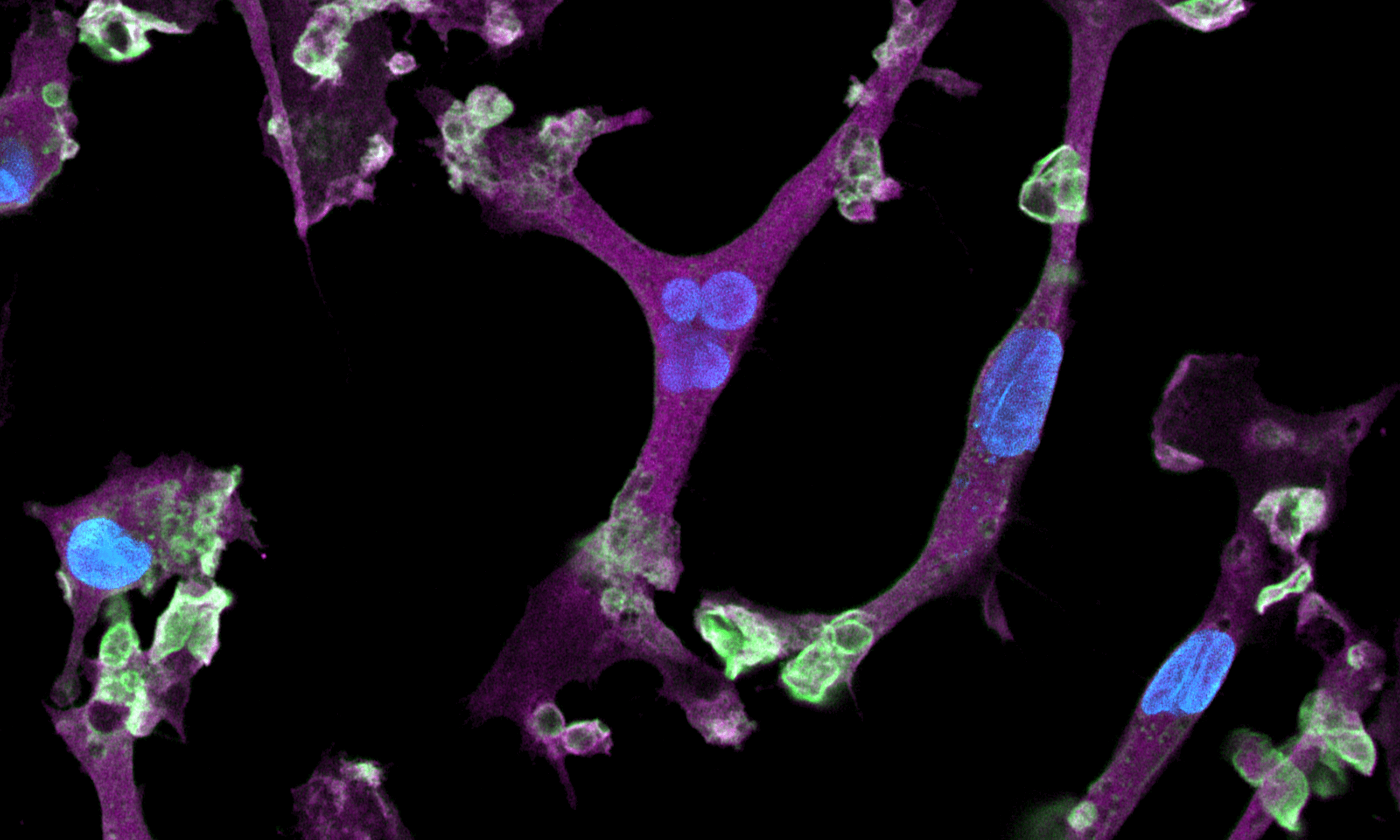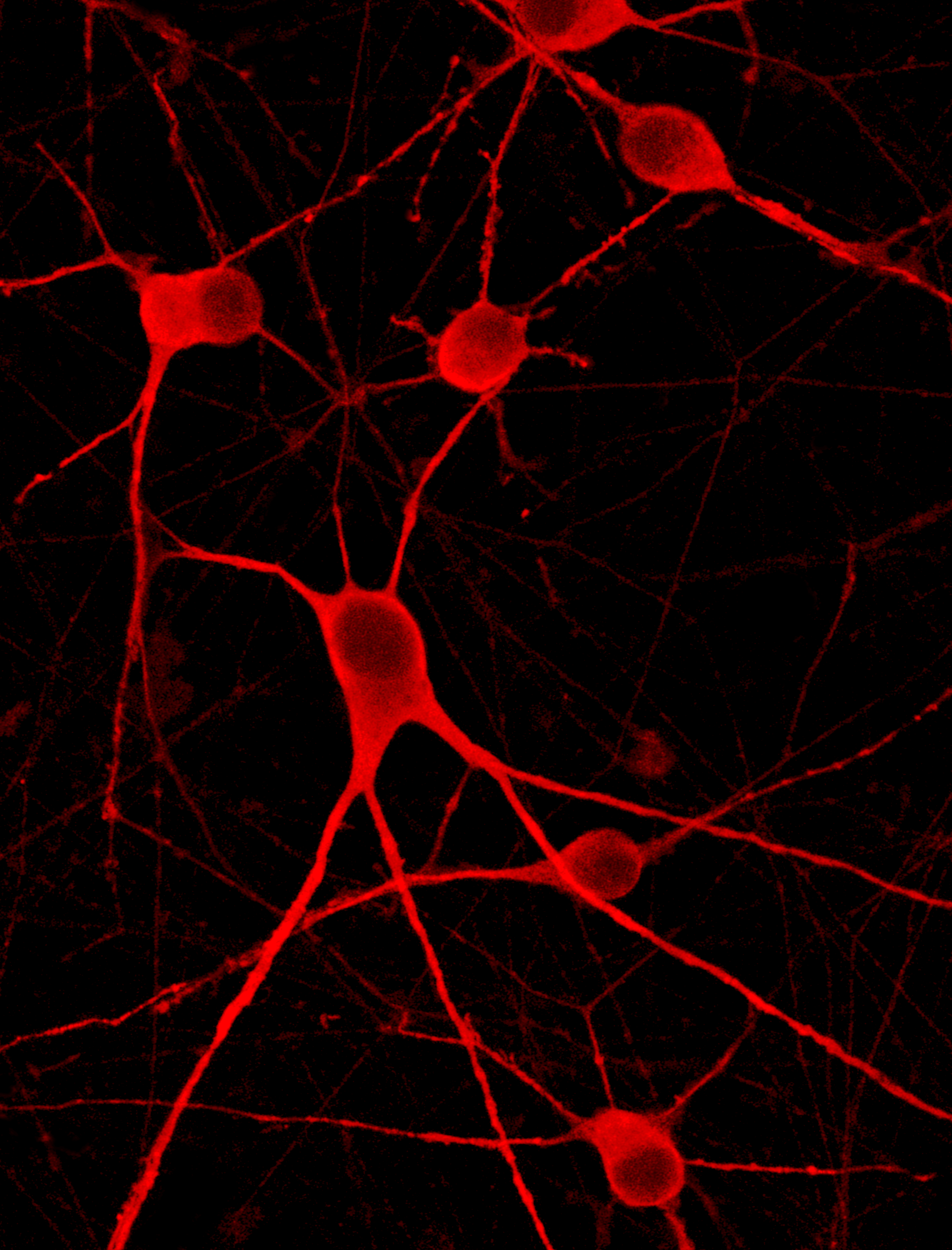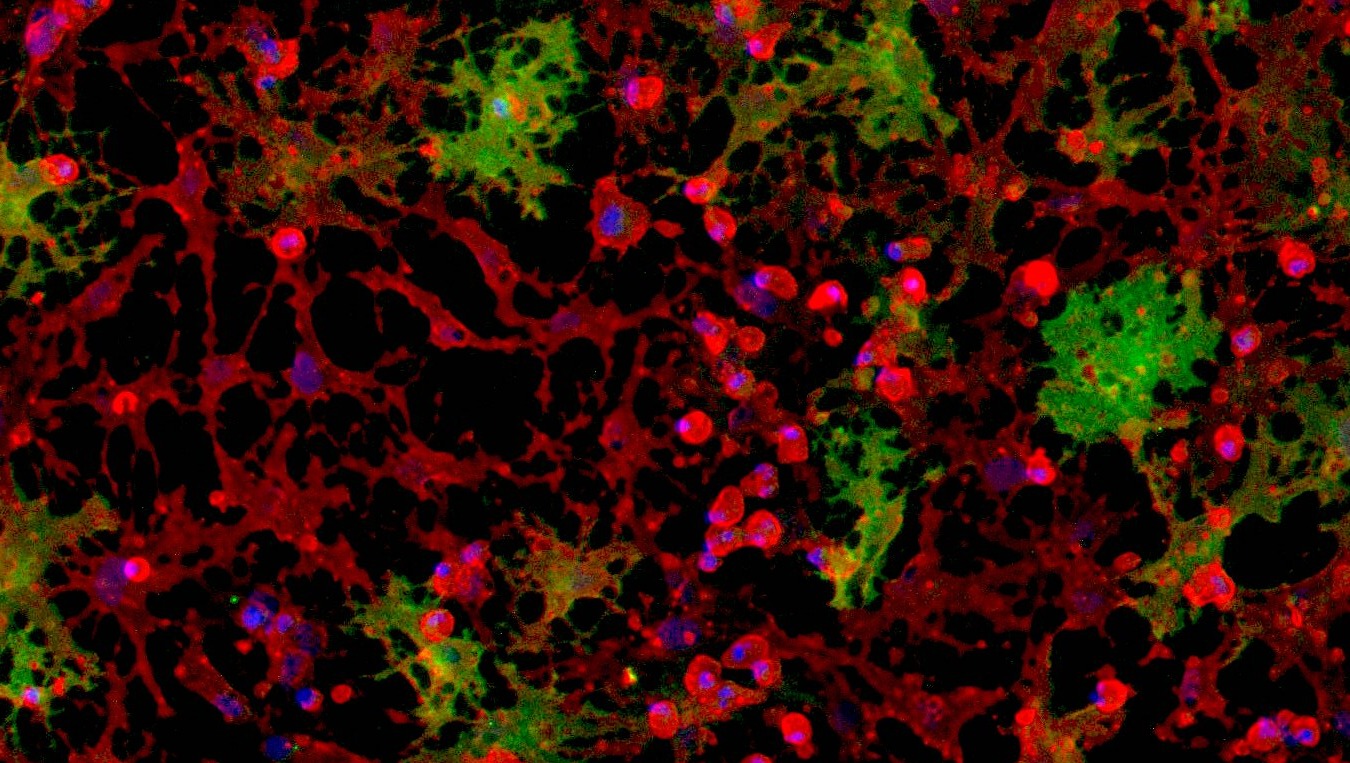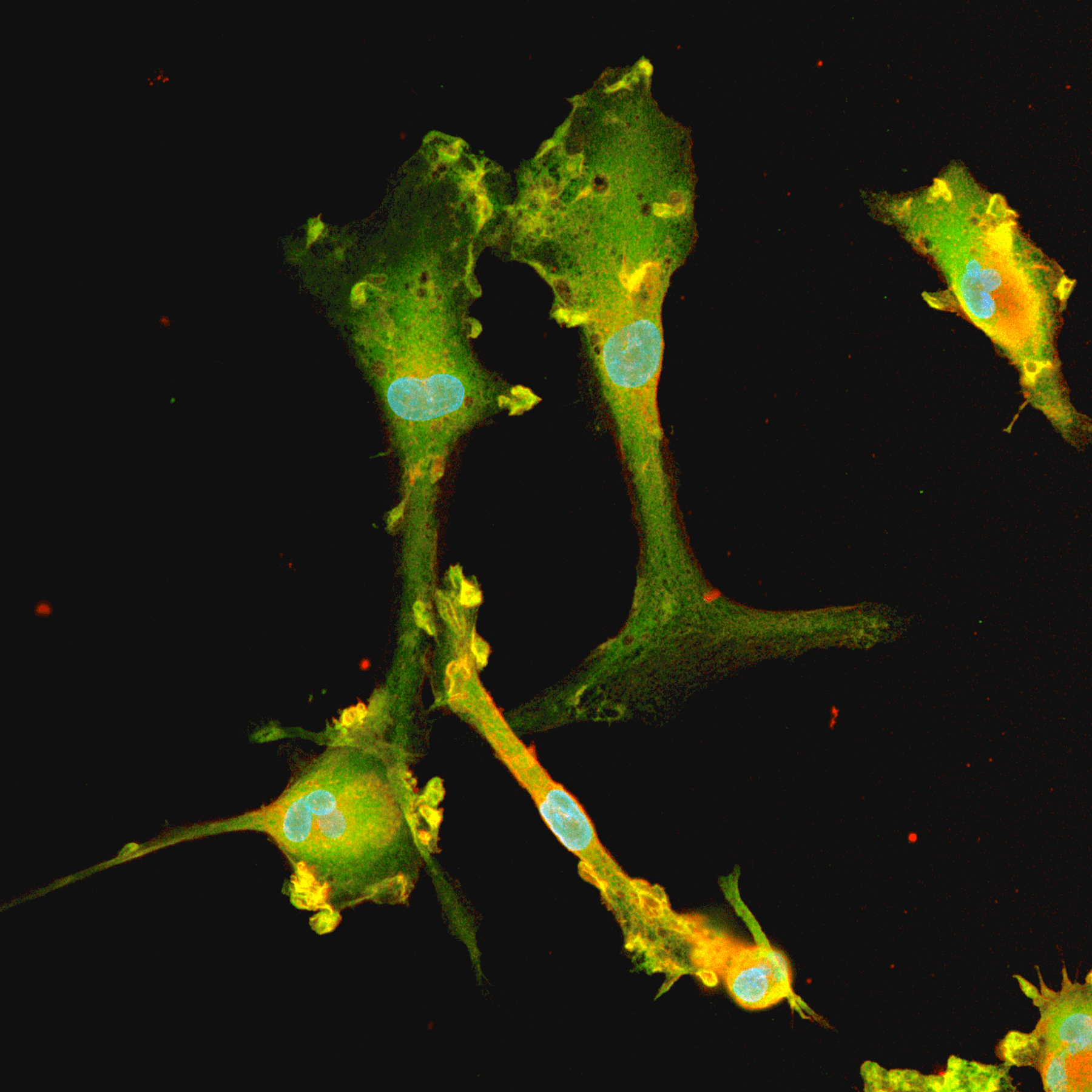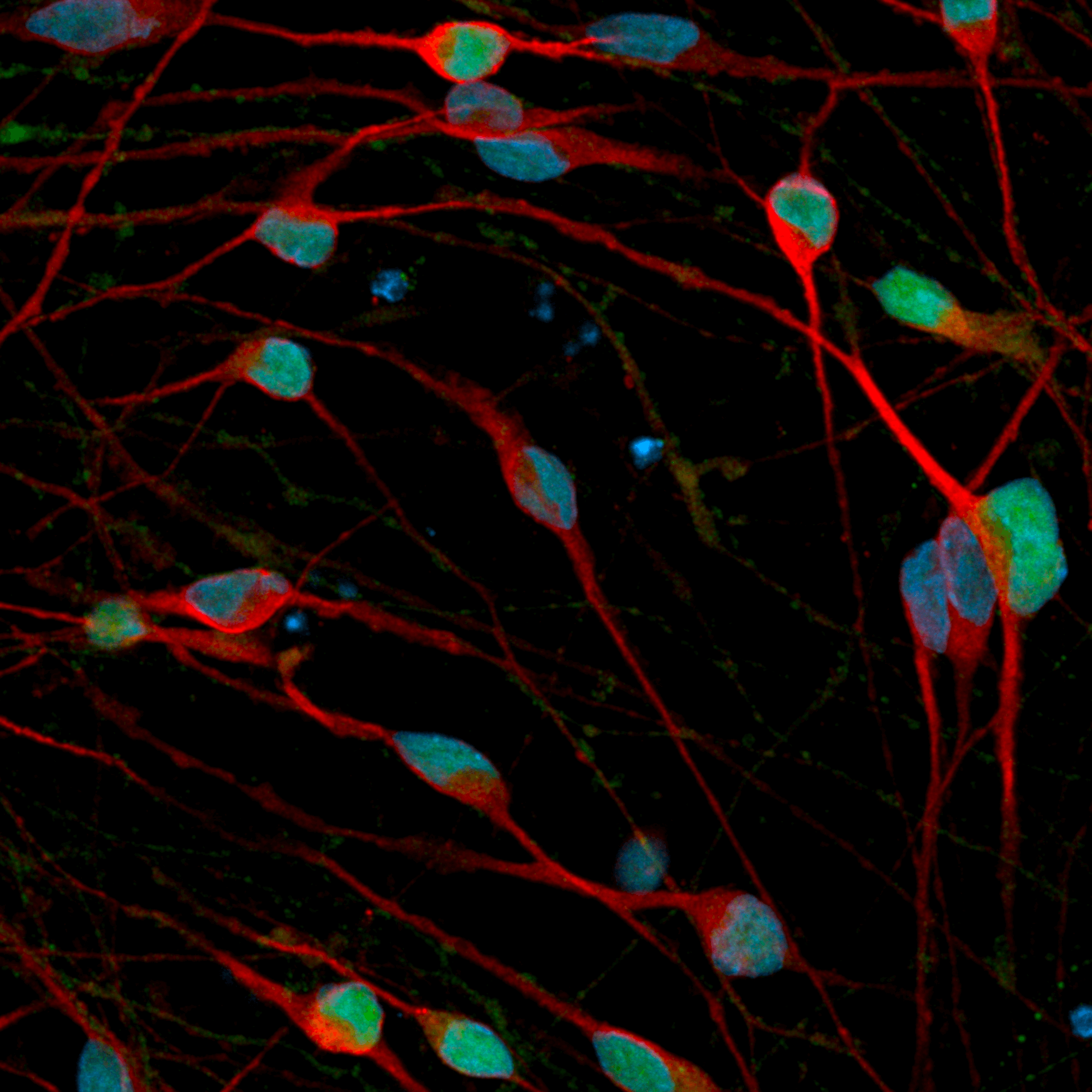
Custom ioDisease Model Cells™
Get your mutation of interest in our opti-ox™ powered human iPSC-derived cells
With this custom offering, you will receive ready-to-use cryopreserved vials containing consistent, defined and scalable human iPSC-derived disease model cells that can be immediately incorporated into your drug discovery workflows.
Every Custom ioDisease Model comes with a genetically matched ioWild Type control, giving you confidence that even subtle variances in your data are attributable to your mutation of interest. Remove the inaccuracies and inconsistencies of animal models, patient-derived cells and directed differentiation protocols from your workflows, and start collecting disease-relevant data that you can trust in a human context
Every project begins as a discussion with our experts about your research needs
Number of clones
2
Number of vials per clone
10
Number of ioWild Type Vials
3
Vial Size
Project dependant, ~1x106 cells
Differentiation method
opti-ox cellular reprogramming
Future vials
Additional vials can be banked for future purchase
Quality control
Sterility, protein expression (ICC), Genome engineering (Sanger), and gene expression (RT-qPCR)
Delivery format
Cryopreserved cells on dry ice
Product Support
Continued expert support for your product following delivery
How the Custom ioDisease Model offering works

Build your Custom ioDisease Model into these ioWild Type Cell backgrounds
The right human model
bit.bio is your ideal development partner for custom disease model cells
“The access to better human cell-based in vitro disease models as generated within our partnership is transformational for the way we do drug discovery with our pharma and biotech clients. We can now provide discovery studies in human stem cell-based assays, where previously we would only do this in for example immortalized cell lines or more simple assay types. In addition, using more relevant cell models helps us to test safety and toxicity in vitro, in parallel with efficacy, and as such we will be able to identify the (un)safe drug candidates very early in the drug discovery process”
Dr Marijn Vlaming
Charles River Laboratories
Hoescht(blue)_day12v2%20(1).png?width=1860&height=1260&name=bit.bio_ioGlutamatergic%20Neurons_20xMAP2(red)Hoescht(blue)_day12v2%20(1).png)
opti-ox ensures consistency

Unrivaled transcriptomic similarity between lots of ioCells ensures consistency in every experiment.
Single-cell RNA-sequencing was performed on three independently generated lots of ioGlutamatergic Neurons at day 11, following opti-ox precision cellular reprogramming. Significant overlap in RNA expression profiles can be observed.
Uncover subtle phenotypes
Disease Relevant phenotypes have been observed in ioDisease Models developed for industry partners.

Now, Charles River Laboratories use this disease model in their End-to-End Huntington’s Disease Studies offering. Their customers can access in vitro assays using a disease model that recapitulates the Huntington’s disease phenotype.


